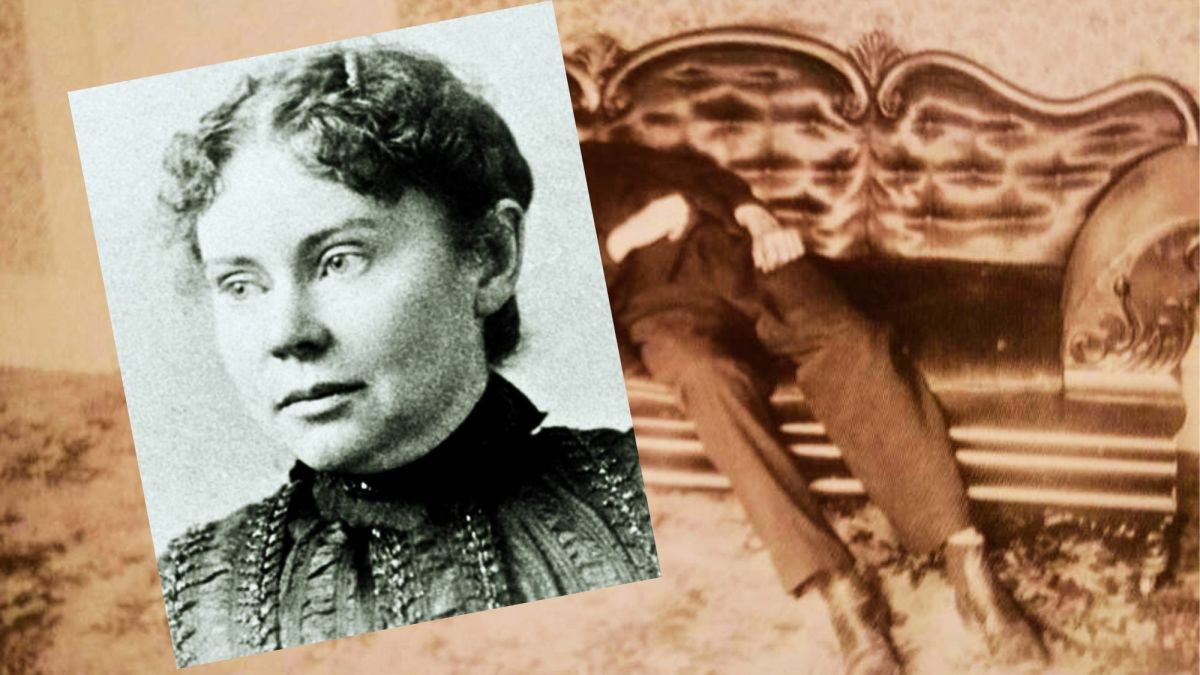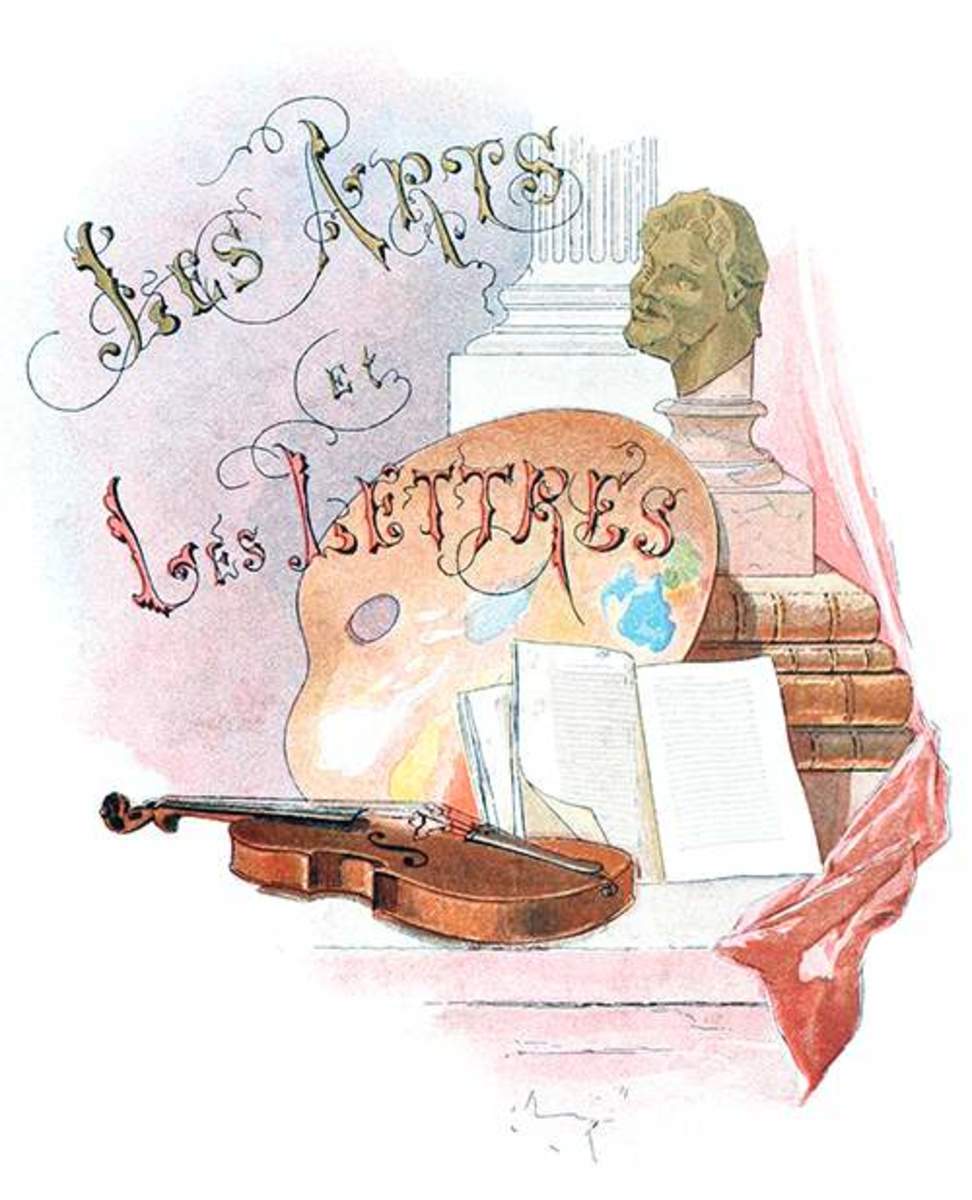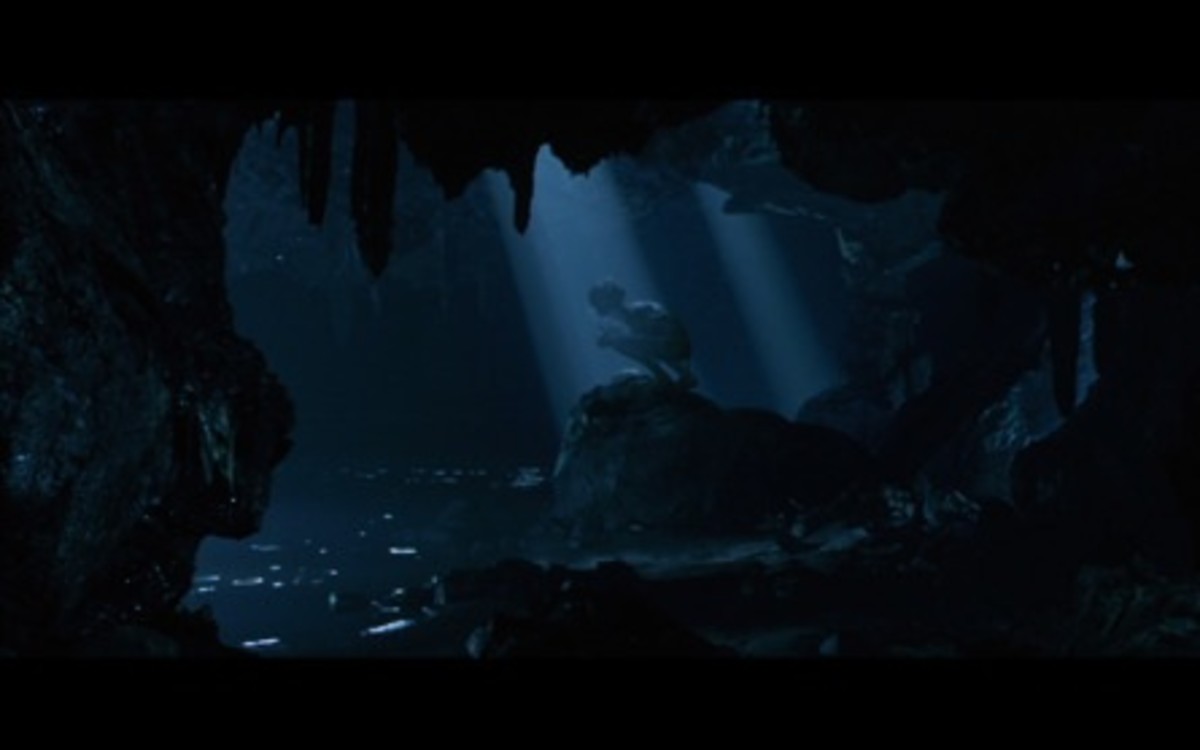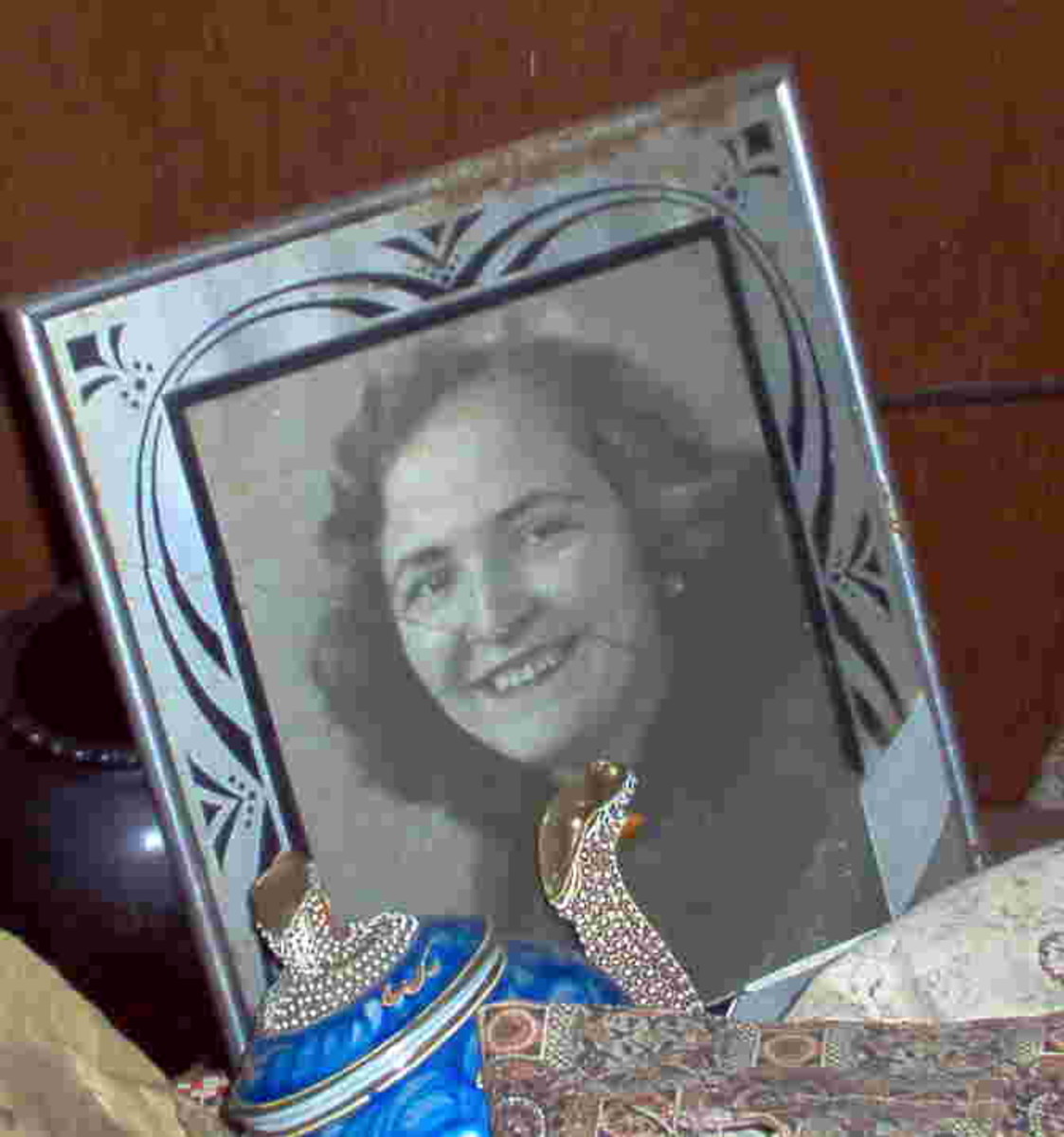Writing Contest Entry: "Murder at Rosewood Gardens"

MURDER AT ROSEWOOD GARDENS
BY: KIM DIAZ
© 2013
It was known by the locals, as the “Rose”. It had had many identities in its colorful history, but it now stands as a museum, to the many visitors who enter “her” ornate entrance and decorated walls of early 1900s furnishings and architecture.
Upon entering her halls, you feel a certain connection that makes your heart pound, and on occasion, send a chill up your spine. Some visitors shared their experience by writing in the guest book that they felt like someone was watching them while they roamed the massive rooms. Some even said that they noticed the “faces” on some of the family portraits, change from one moment to the next. Especially the main portrait of “Rose”, whose father had built and named the home for. She had been raised by her father, a wealthy physician in the community, who had strong political ties, and authored several medical books in his time.
Rose’s mother had died in childbirth, and her father had never remarried. Their story was a sad one, and her father had lost twice, the women he adored. Rose had been found dead weeks after her sixteenth birthday, murdered, in the library, and her father had never found out who had done it. Twice loved, twice lost. His fate was sealed, and so was the mystery-until now.
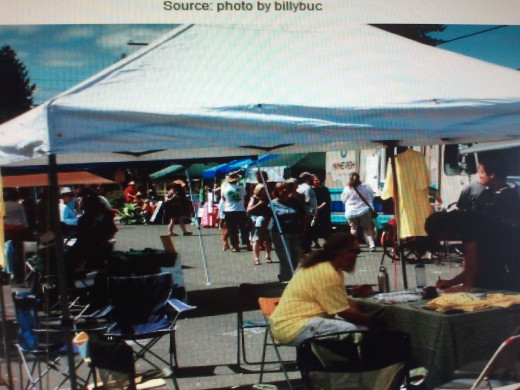
One humid Saturday, in July, Kathleen stopped off at the local flea market. While she lost herself in a world of garden ceramics, her husband Derrick, wandered off to find his treasure of the day. Off to the side of a nearby tent he spotted a classic, Saratoga style trunk. It was made of wood, and decorated with rusting metal, and there was an old mangled lock on it, that still looked to be in tact. Approaching the vendor, he asked if the trunk was for sale. After a moment of thought he nodded at Derrick, and said he’d let it go for eight-five dollars. Sold.
Kathleen was as anxious as Derrick, to get the trunk open and explore its contents. Inside, stacked in mounds, sat neatly piled vintage linens. Some were soiled from time spent in the trunk, but others still held their color and embroidered edging. As Kathleen reached to take out the first bunch of fabric, a letter fell out onto the floor. The envelope was yellowed and frayed, and she was careful in retrieving it from the covering, in its fragile state.
It was a letter about Rose's murder. The ink on the page was faded, but legible. Apparently Rose had been seeing a boy whose father was a politician. The boy had worked in his father’s office as an apprentice, and had become aware of something his father had done that could cost him his political career. Rose had been on her way over to meet him at the office when she overheard voices and stopped to listen. She couldn’t hear everything, but she knew that someone was planning on doing something that could hurt her father’s political interest, and she had to tell him. They must have heard her run from the building, even though she was unaware that they had.
Rose’s father would be returning from a business trip that evening, and she would tell him what she had learned. There was a knock at the door, and Rose never had that chance. She was forced into the library, and her throat was cut, before she even had a chance to beg for her life. Rose was found by her father when he returned from his trip, lying in a pool of her own blood. It appeared that her throat had been slashed, but the knife was gone.
And so, was his precious Rose with no answer of who had done it.

Rose’s father would sit for hours in the potting shed, where Rose had spent so much of her time, while he grieved her loss. Rose had loved to plant and care for her roses there. So much so, that she had named her nature’s sanctuary -"Rosewood Gardens”- and had openly invited the community to come and enjoy the rich colors and the sweet, delicious scents during the full bloom. Time passed. Local authorities didn’t have any leads on who had murdered Rose. The tragedy was fast becoming one for the history books, until the cold case took on a new life, now in the hands of Kathleen and Derrick.

After Rose had been seen running from the office, someone had followed her. The boy that she had been seeing was the letter's author. Not Rose’s killer. He had loved her. He wrote how he was on his way to tell her that she was in danger, but when he got there, it was too late. He knew where the weapon was that had killed the girl he loved because he had followed her murderer. He had watched while the knife that took Rose’s life was placed in a wooden box and locked. He had followed her killer to the river, and hid behind the trees, so as not to be seen, while her killer rowed his boat out to the middle of the river, and dropped the box in. He watched, but he never told. He wrote it in a letter, that had just now been found.
Notifying the authorities, they drove to the river as described in the letter. Within an hour, the divers emerged, with one clenching the wooden box. Wasting no time, the box was opened. In it –a rusty knife. Jagged, yet whole. There it lay. The truth. But no one to hear it, that mattered. They were all gone now.
If you ever visit “The Rose” at Rosewood Gardens, be sure to stop and look at the portraits in the library. The ones of Rose are smiling. And in the potting shed, encased in glass, is a wooden box. It lies open so that we can all see the truth. The truth in a rusty, jagged knife.





